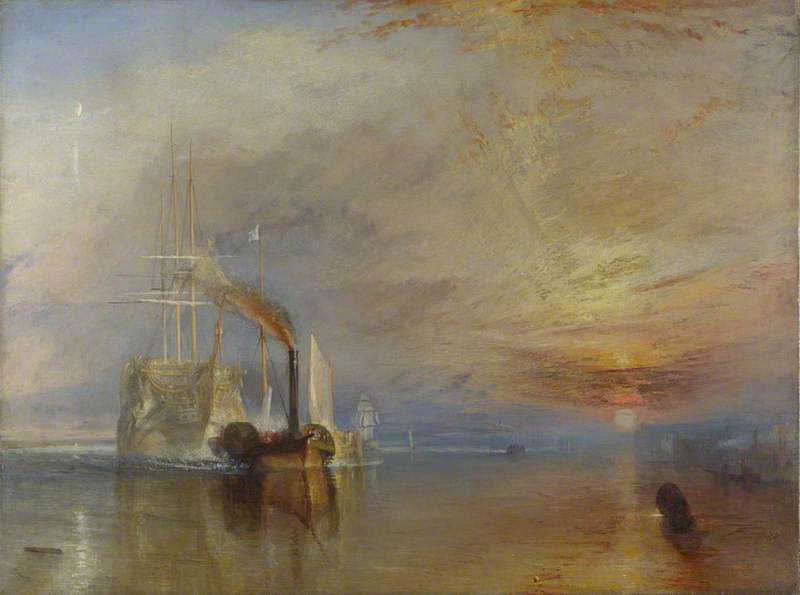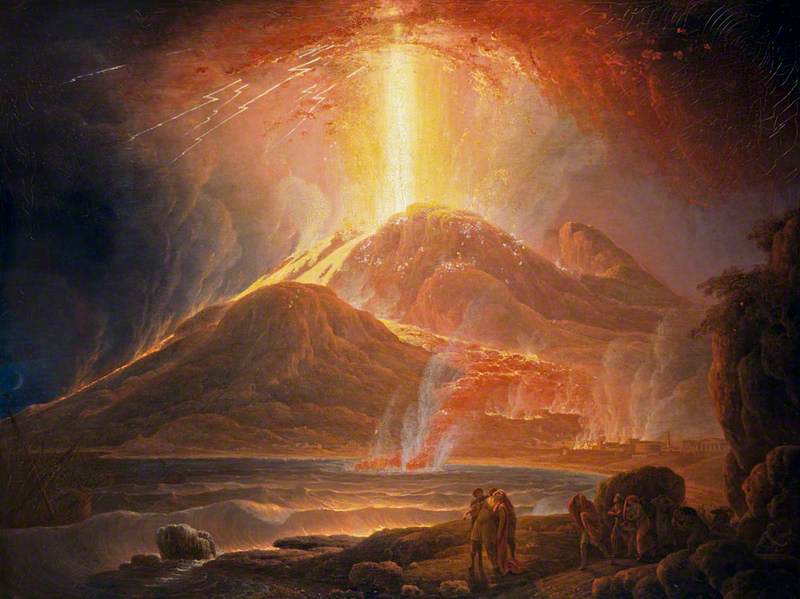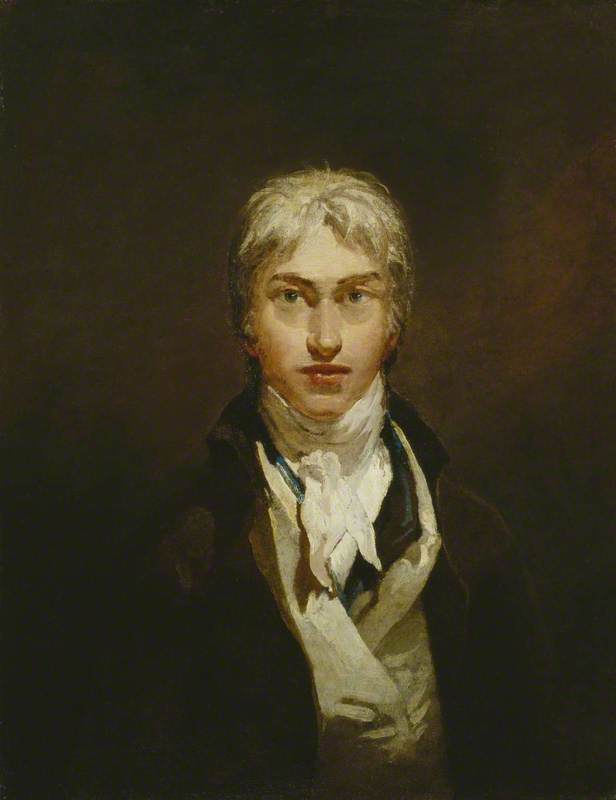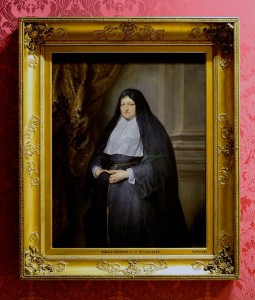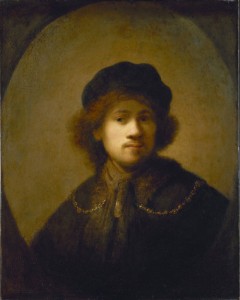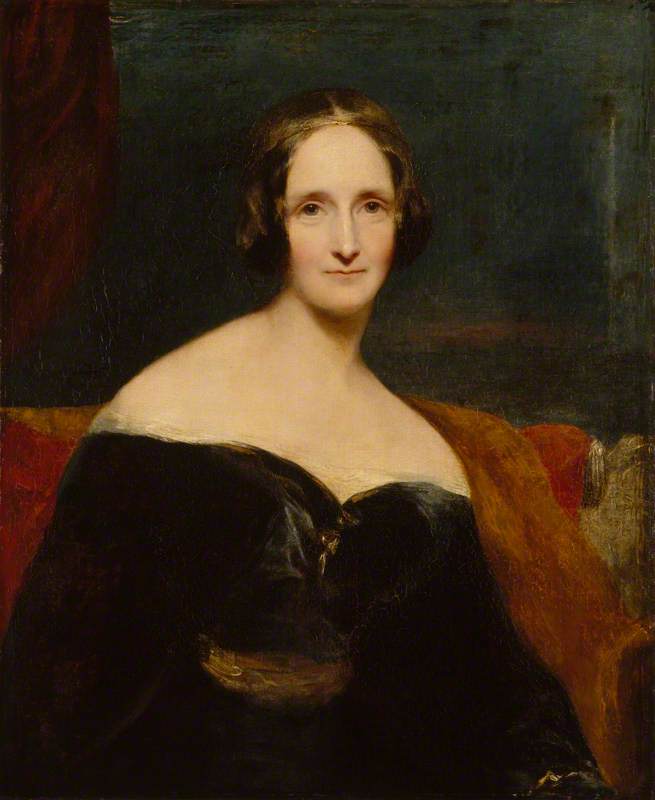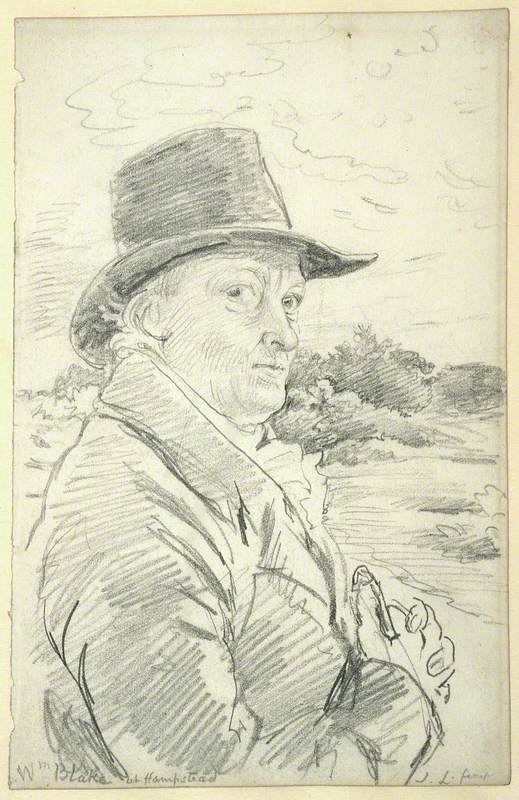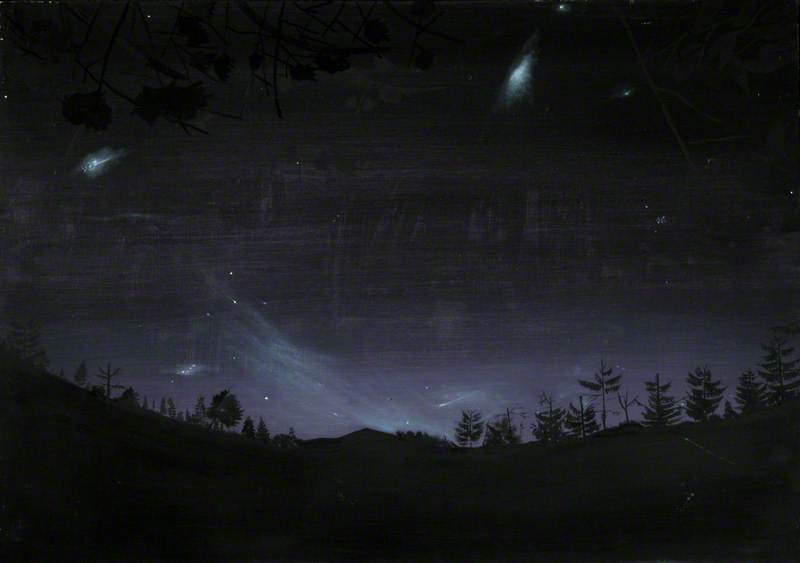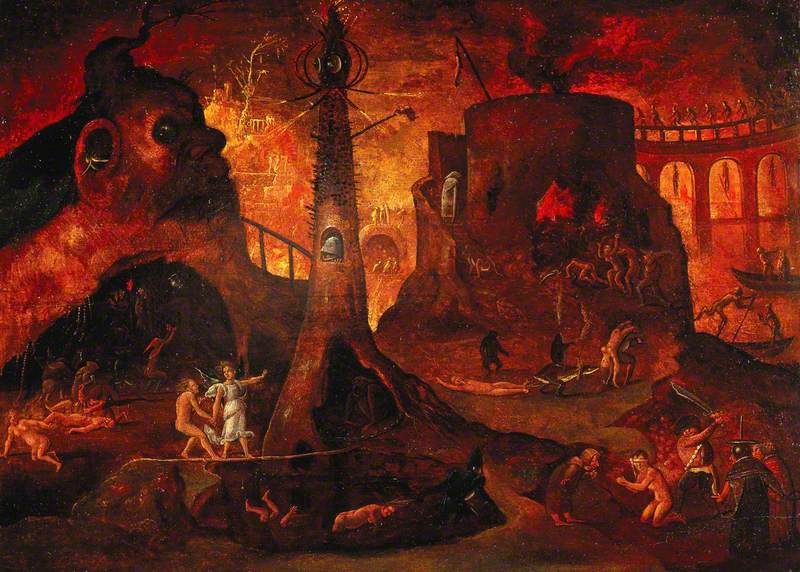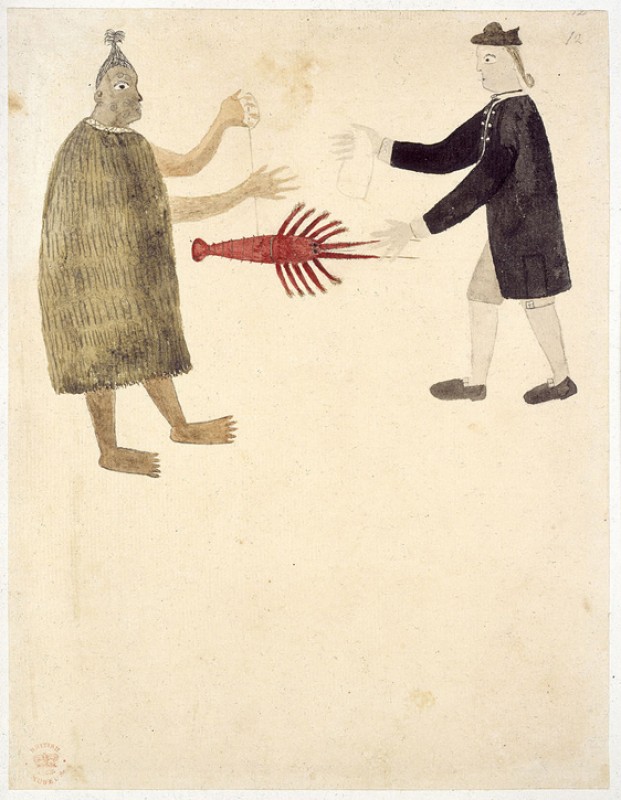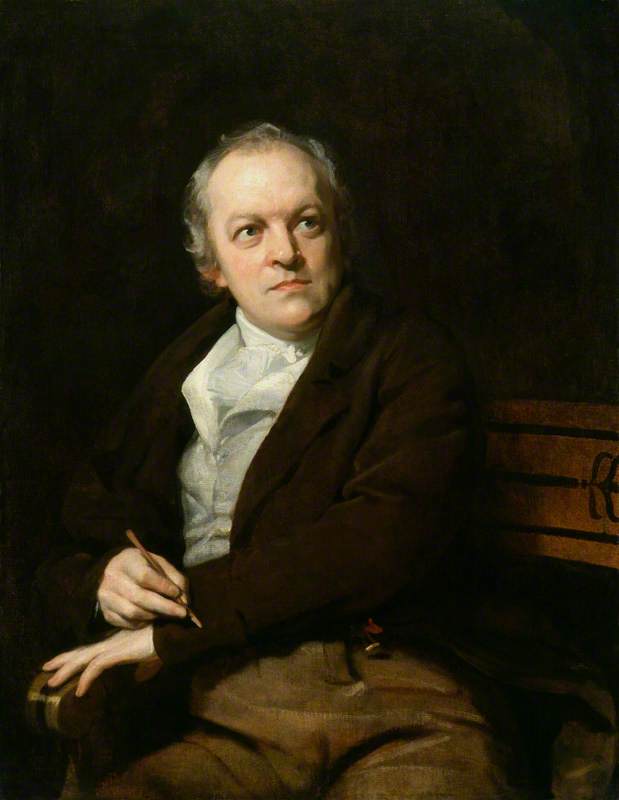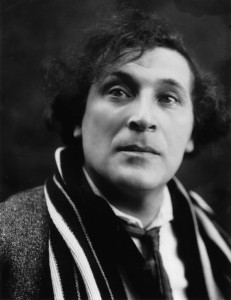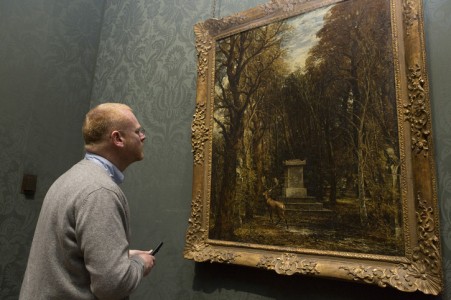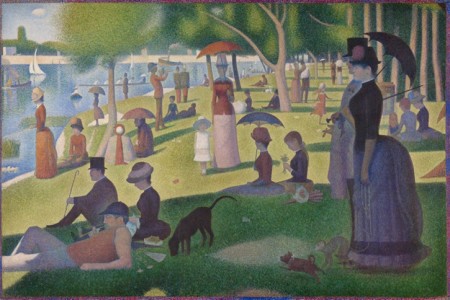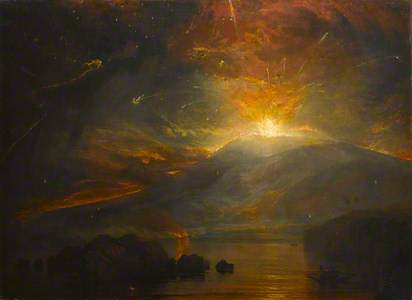At the time of writing (January 2021), scientists are monitoring increased seismic activity at La Soufrière volcano on the Caribbean island of St Vincent, which could erupt at any time. The last major eruption of St Vincent was in 1979, the eruption before that, in 1902, killed more than 1,500 people. And before that, there was the eruption of 1812. Of course, there are no photos of this earlier scene of destruction but we have a painting of it by J. M. W. Turner.
The Eruption of the Soufrière Mountains in the Island of St Vincent, 30 April 1812
1815
Joseph Mallord William Turner (1775–1851) 
Turner presents us with spectacular pyrotechnics of flames and molten lava shooting upwards, lighting up the night sky and the billowing clouds of sooty smoke. Scorching missiles fired from the crater flare then fall. The foreground is silhouetted against dazzling light and we see a small boat ferrying a few vulnerable souls away from the deadly assault. It is a scene that is both sublime and terrible.
Was Turner in the boat? Was he anywhere near the Caribbean? The answer is no. He painted the scene in his studio, taking his inspiration from what he described as a 'sketch' by Hugh Perry Keane, who was on the island. Keane kept a diary of the eruptions and earthquakes, which continued in bursts of activity for several months and were followed by a severe flood in August. It is not clear how Turner came across Keane's records, although other accounts of the eruption were published in Britain.
We do know that St Vincent had sugar plantations worked by enslaved Africans, and that Keane was a plantation owner and slave owner. Records indicate that at least 34 enslaved people died as a result of that year's seismic activity and floods.
Many miles away and three years later, Turner unveiled his painting at the 1815 Royal Academy exhibition with the less than snappy title: The eruption of the Souffrier Mountains in the Island of St Vincent, at midnight, on the 30th of April 1812, from a sketch taken at the time by Hugh P. Keane, Esq. 'There in stupendous horror grew etc'
It is not presumed that Turner was making a comment on slavery in this painting, although he made his anti-slavery views known in later works, especially Slave Ship (Slavers Throwing Overboard the Dead and Dying, Typhoon Coming On) of 1840, based on a recorded atrocity of 1781 when 132 enslaved Africans were thrown overboard to certain death.
The Eruption of the Soufrière Mountains was presented to the University of Liverpool (which the Victoria Gallery and Museum is part of) in 1948, and is the best-known artwork in our collection. Much travelled to international exhibitions, it has its own custom-built crate covered in exotic freight labels. When this piece was originally published in the Guardian, the painting was hanging in the gallery in an exhibition called 'Nature v Humans', ready for when visitors could come and see us again after COVID-19 closures.
Amanda Draper, curator of art and exhibitions, University of Liverpool
